Two Desk Office Layout Ideas to Maximize Productivity & Privacy
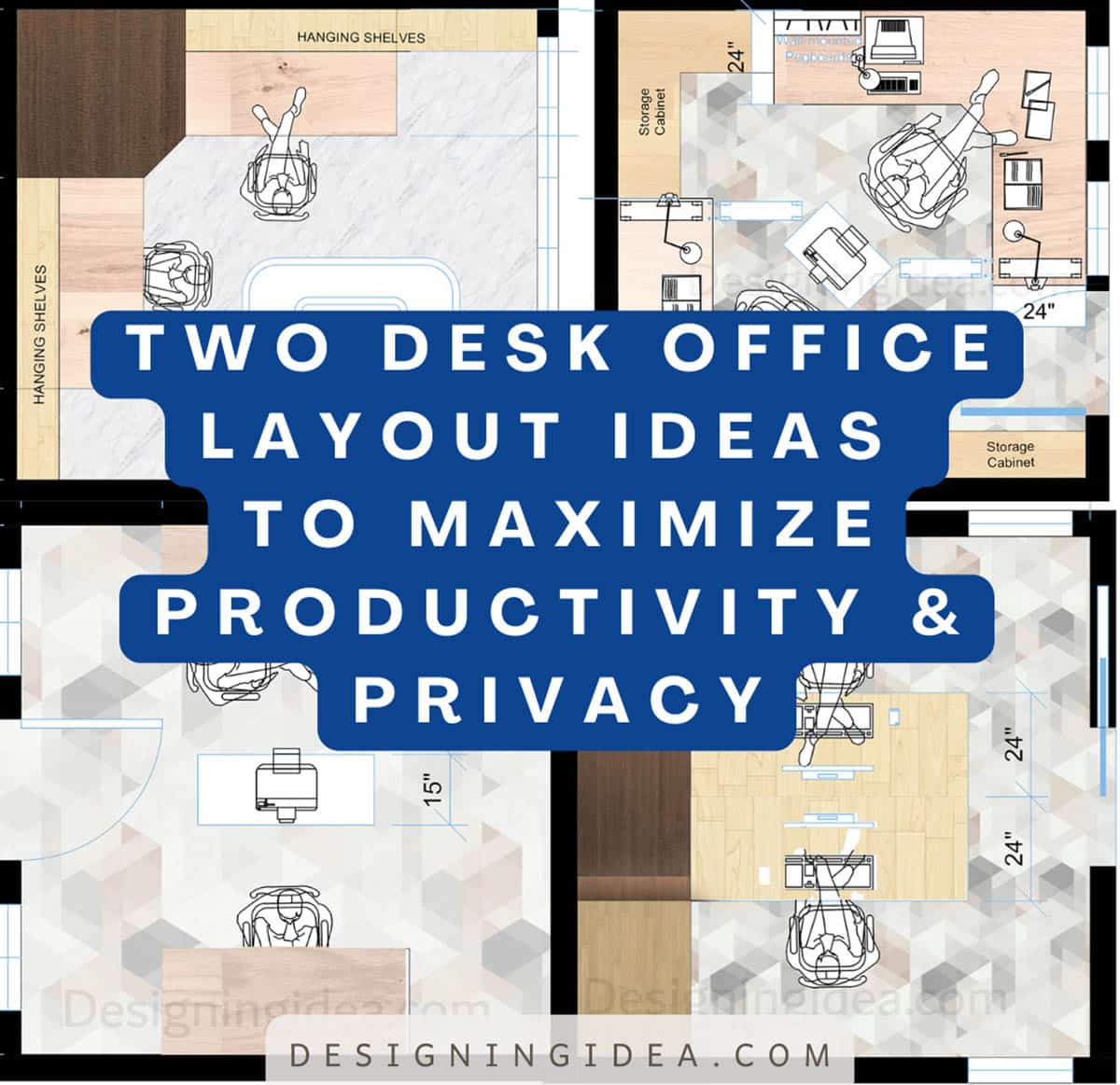
Transform your workspace into a stylish productivity powerhouse with the perfect two-desk office layout ideas. Whether you’re designing a shared home office, a collaborative workspace, or just need an efficient setup for two, the floor plan design you choose can make or break your experience.
Desks in Opposite Corners
Place desks in opposite corners of the room to balance individual and collaborative work areas while optimizing a small office space.
When space is at a premium, getting creative with layout and furniture placement can make all the difference. Take this efficient 10×10 office built for two. Rather than cramming desks side-by-side, they are positioned in opposite corners, creating a balance of personal workspace and shared areas that enhance productivity.
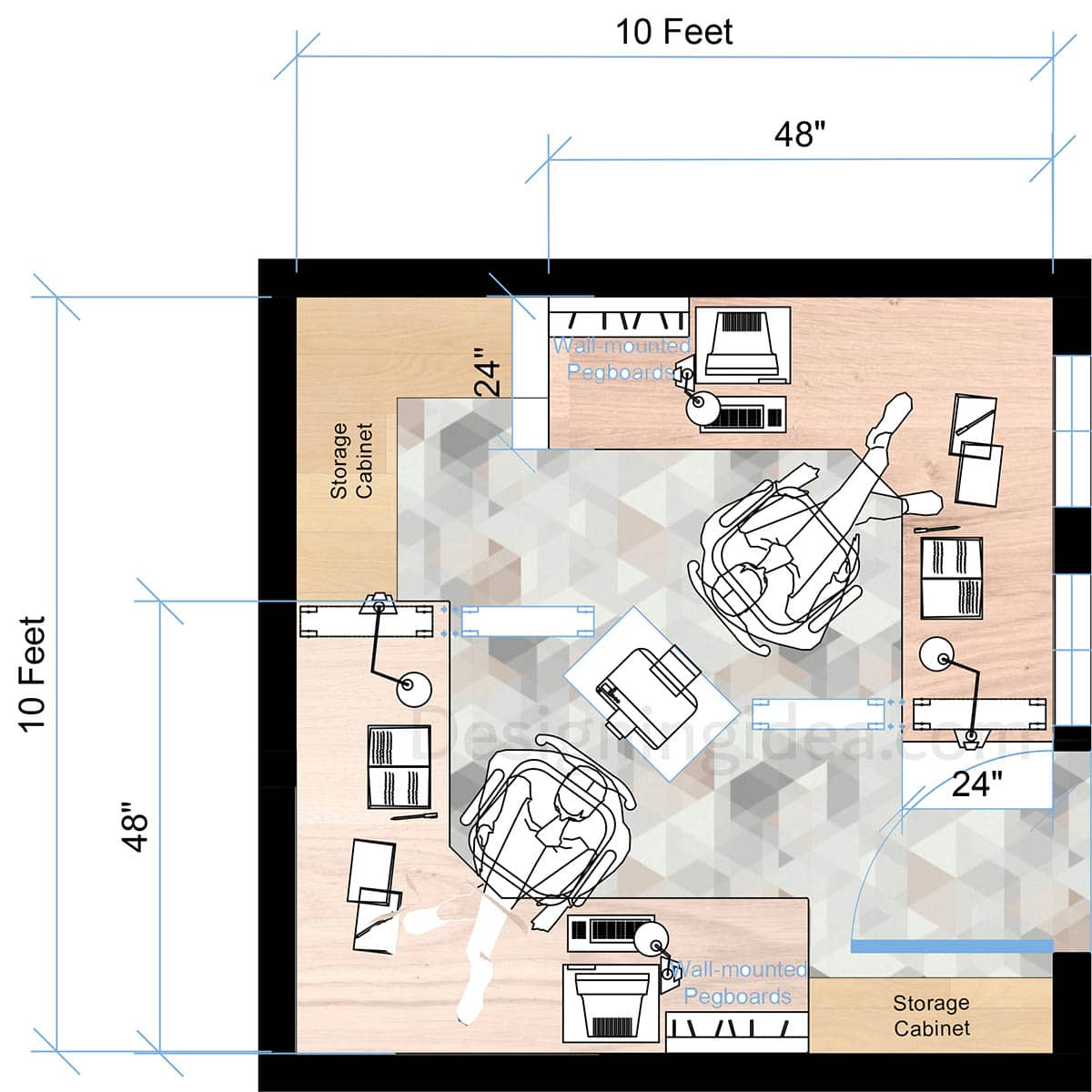
Each occupant enjoys a dedicated zone with ample storage solutions like wall-mounted pegboards and cabinets. This keeps visual clutter at bay and makes supplies readily accessible without encroaching on the desk surfaces. The clearly defined spaces allow for privacy when needed, while the open central area fosters collaboration.
The strategic placement also allows for comfortable traffic flow around the room. And the separation means both occupants can work simultaneously without interference, whether hammering out projects solo or coming together to brainstorm new ideas.
Sizes
- 10×10 Room: Choose compact L-shaped desks (48″x 48″) to provide some open floor space.
- 11×12 Room: Use slightly larger desks (60″x 60″) for more surface workspace.
Storage Options
- Install shelves or wall-mounted pegboards above both desks.
- Use corner storage units to maximize the available vertical space.
- Add portable rolling carts or small cabinets under or to the side of each desk.
Benefits of An Opposite Corner Desk Configuration
- Workspace Optimization – Establishes dedicated zones, creating natural boundaries that minimize auditory and visual distractions.
- Better Individual Concentration – An intentional separation promotes sustained concentration during independent tasks.
- Spatial Efficiency – Within the 100-square-foot footprint, each element serves a calculated purpose and maximizes usable surface area.
- Interactive Design – This balanced approach supports both team dynamics and personal productivity.
- Circulation Design – The calculated placement of furniture creates intuitive pathways, and enables fluid movement throughout the space without extra disruption.
Optimization Techniques
- Use a rug or small rolling cart in the central area to visually separate work zones.
- Consider using under desk or storage cabinets on either side for office supplies.
Parallel Desks on Opposite Walls
Parallel desks on opposing walls maximize workspace in compact rooms, and provide an effective blend of privacy and accessibility.
When space is tight, going with two parallel desks on opposite walls can be a smart move. This setup makes the most of a compact 10×10 office while also balancing personal and collaborative needs.

Here’s how it works: two identical desks face each other from across the room. This creates a central open space in the middle for easy movement or adding a shared printer stand, mini-fridge, or storage unit. The symmetry looks clean and organized while allowing each person to have their own dedicated work zone.
The face-to-face arrangement means you can easily chat or collaborate on projects, but it’s not so close that you’re in each other’s space all day. There’s a nice blend of teamwork and independence. In a nutshell, it brings the privacy of solo offices together with the energy of open-concept ones.
Sizes
- 10×10 Room: Use narrower desks (24″-30″ depth) to avoid any overcrowding.
- 11×12 Room: Desks with deeper surfaces (36″) can fit comfortably.
Storage Options
- Use floating shelves above each workstation to keep the floor-space clear.
- A shared central storage can house supplies and a printer or other devices (e.g., a 24″x12″x30″ filing cabinet).
- Add cable organizers to keep wires tidy along each of the walls.
Benefits of A Parallel Desk Layout
- Balanced Work Zones: Defined personal workspaces with parallel desk placement.
- Central Open Space: Versatile central area for movement, printer access and storage.
- Symmetrical Arrangement: The desk placement reduces visual distraction for the other worker.
- Encourages Collaboration: Ideal for two-person collaborative teams.
Optimization Techniques
- Position shared resources (printer, files) in center space.
- Consider privacy screens if using webcams or producing videos to close-off the backdrop.
Central Desks (Facing Each Other)
A centered desk arrangement creates an effective collaborative workspace while maintaining an efficient flow for foot traffic.
When space is limited but collaboration is essential, a savvy centralized workstation design can optimize teamwork. Position two desks facing one another in the middle of a 10×10 office, creating the best of both worlds: defined personal workstations and enhanced interaction. Coworkers with this floor plan can enjoy effortless communication while remaining anchored in their own productive work spheres.
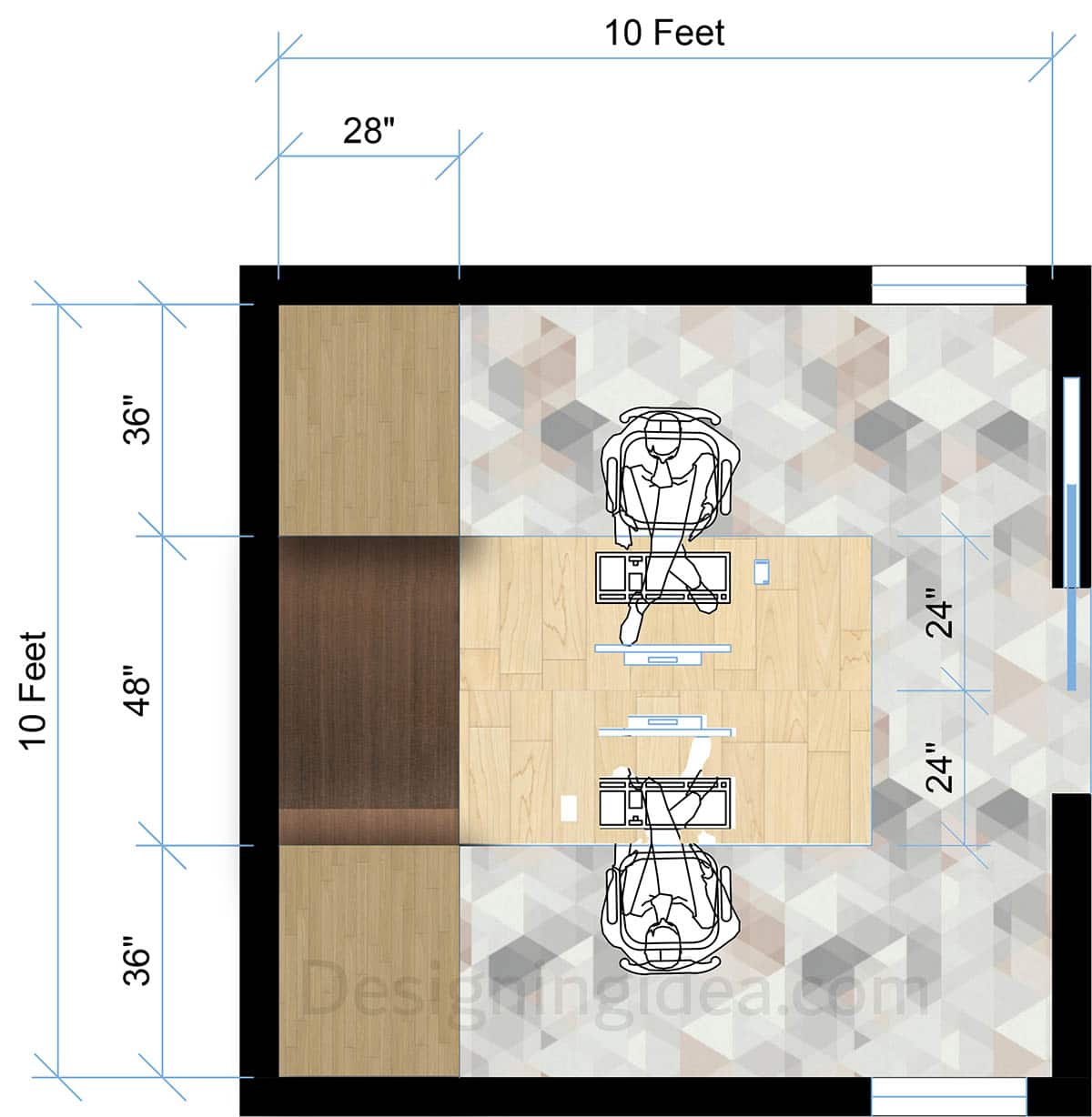
This thoughtful layout grants each individual central access to the surrounding storage areas without engendering workspace envy. Symmetry enhances the professional aesthetic within the compact room. Most importantly, this strategic furnishings arrangement empowers partners to bounce ideas off one another and brainstorm creatively, leading to innovation. With some clever spatial planning, even small offices can foster major collaboration.
Sizes:
- 10×10 Room: Opt for smaller desks (42″-48″ wide) to avoid crowding the space.
- 11×12 Room: Desks up to 60″ wide can fit comfortably.
Storage Options
- Use storage beneath the desks for individual needs.
- A large wall mounted cabinet or built-in storage can be used on one wall.
Benefits of A Central Desk Floor Plan
- A center workstation positioning enables natural conversation and idea exchange.
- A private backdrop is perfect for video calls or multimedia presentations.
- Central placement provides equidistant access to wall-mounted resources.
- Individual zones remain defined despite a shared central space.
- Balanced spatial distribution creates a professional visual harmony and equal room distribution.
Optimization Techniques
- Install modular privacy solutions (screens, planters) that preserve sightlines if collaboration is needed.
- Implement systematic cable management via under-desk containment.
- Use personal storage through desk-mounted drawers and a built-in or storage cabinets on the far wall.
- Position task lighting to create balanced work zones.
Shared Wall Desk
Two desks side by side along one wall, creating a cohesive workspace with individual work zones.
A 10×10 office with a shared desk layout is ideal for a small team. A long desktop stretches across one wall, providing defined workstations for two people. While you have your own space for getting work done, the shared surface also enables collaboration with your office mate when needed.
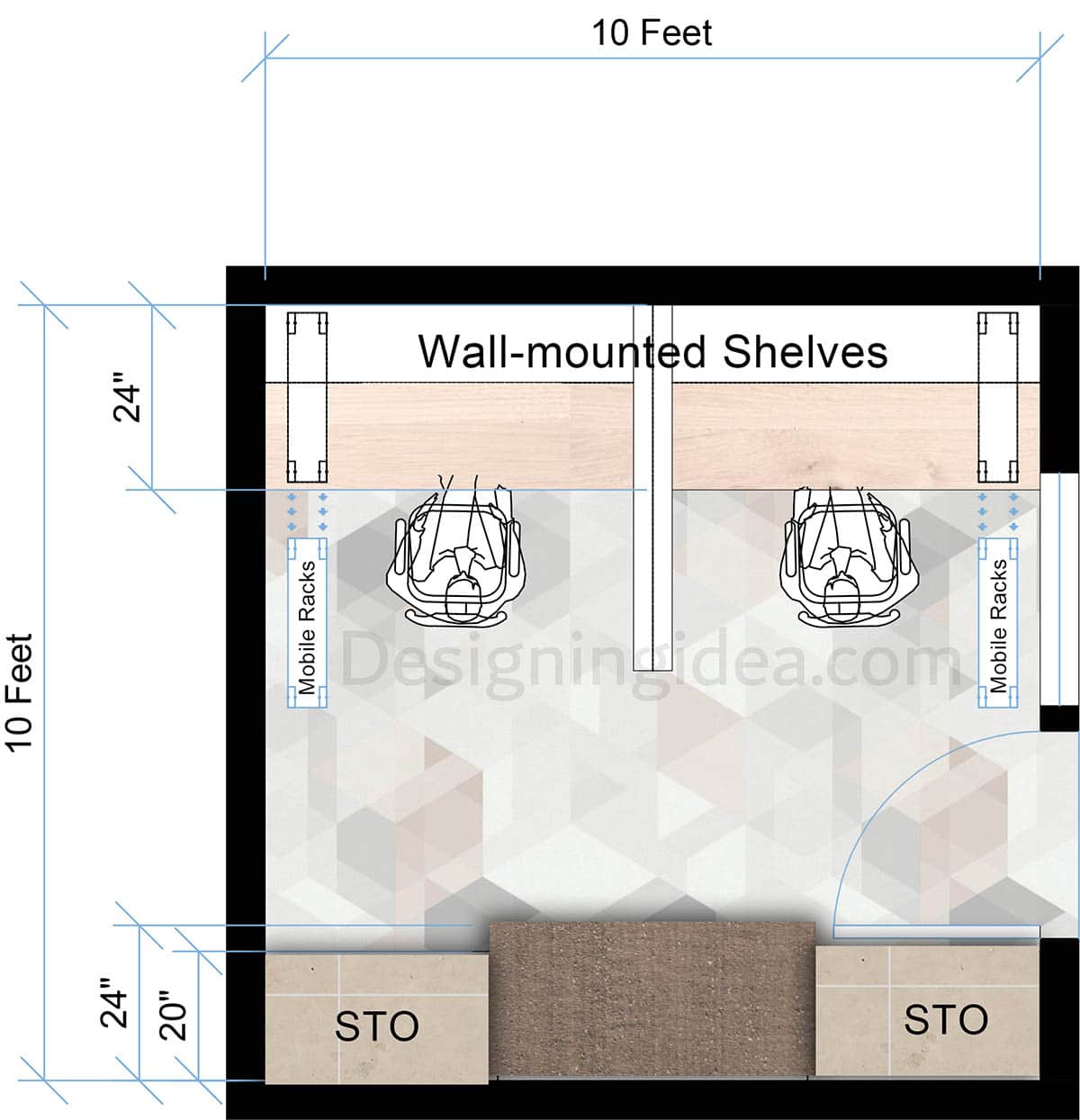
Flanking each work zone are movable racks that offer personal storage for individual files and supplies. Above the desk, wall-mounted shelves provide additional space to store items used by both people. This combination of shared and private storage is essential for keeping things organized in such a tight footprint.
The open layout is another great feature. With the desk pushed to the perimeter, there is ample room in the middle for rolling chairs or standing conversations. Along the opposite wall, synchronized storage units house larger shared items like office supplies and spare parts, helping keep clutter off the worktop.
Sizes
- 10×10 Room: Choose narrower desks (18″-24″ in depth) to maximize the space.
- 11×12 Room: Use standard desks (24″-30″ depth) for a more spacious surface area.
Storage Options
- Mobile storage racks on either side.
- Central cabinets on the other wall with stackable bins or storage units.
- wall-mounted shelving above the workstations.
Benefits of A Shared Wall Desk
- Maximized floor space through vertical integration.
- Strategic placement of shared storage elements.
- Calculated distribution of individual work zones.
- Vertical wall systems preserve valuable work surface area
Optimization Techniques
- Leave 4-6 inches between desks for separation and to provide room for a privacy divider.
- Use a long work-surface (e.g., 96″) or two separate workstations for flexibility. (e.g., standing desks)
- Two separate desks allow for individual height calibration.
- Use back wall for green screens and individual or shared storage needs.
Combination Two-Person Desk Office Layout for Larger Rooms
A combination two desk layout arranges the work-spaces in an “L” shape or on adjacent walls, for an effective blend of collaboration and personal space.
Looking to design an efficient office within a spacious office room? Consider a combination layout that balances individual workstations with shared spaces for collaboration. This 11×12 smart floor plan positions two desks along adjacent walls, creating defined zones for heads-down work. Yet the proximity of the desks enables easy collaboration when needed.
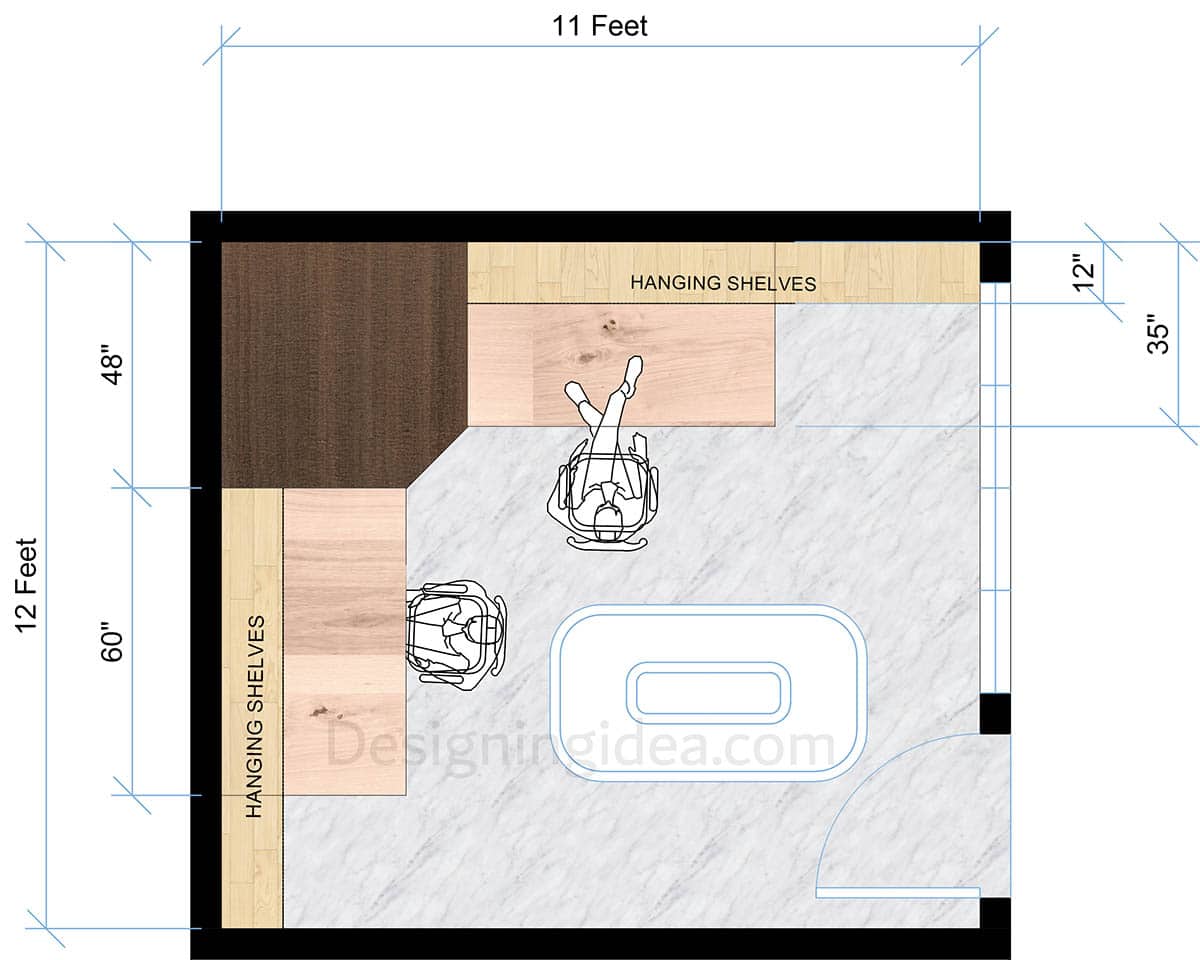
Hanging shelves mounted above provide ample storage, maximizing the vertical real estate without cluttering the floor. The open central area – perhaps fitted with a small coffee table – transforms into a flexible space for meetings, informal gatherings, or even a relaxation nook.
The symmetry of the layout lends visual balance while accommodating individual and collaborative work. The larger footprint leaves room to incorporate additional pieces like filing cabinets or tech equipment. For professionals, small teams, and beyond, this versatile office design promotes productivity and creativity.
Sizes
11×12 Room: Works best in 11×12 or larger room sizes with desks 48″-60″ wide.
Storage Options
- Mounted shelving above workstations.
- Mobile storage units under the worktops.
- Multi-functional central cart for printing and storage.
- Corner storage cabinets.
Benefits of A Two-Person Combination Desk
- Strategically separated work zones enable focused individual work.
- Calculated close proximity maintains collaborative potential and private backdrops for video.
- Central area accommodates flexible meeting configurations.
- Symmetrical layout creates visual balance and central organization.
Optimization Techniques
- Layer soft furnishings in the central space. (area rug, comfortable seating)
- Differentiate workstations for optimal height, dependent on the user, while maintaining design cohesion.
- Use adjustable shelving for evolving individual storage needs.
- Install targeted task lighting for each workstation with a central ambient fixture or recessed lighting throughout.
For more similarly sized designs, check out our gallery of 10×12 offices here.
Two-Desk Office Floor Plan Tips
When setting up a shared small office for two people, it’s important to think about how you arrange everything for maximum comfort, productivity, and collaboration.
Let’s start with spacing – make sure there is enough room between the desks, walls, and shared work areas so you and your office mate can easily walk around without bumping into anything. About 3-4 feet between desks and walls is usually a good amount. Angle them so you face each other, keeping about 4-5 feet between you so you can chat or look at a document together.
Position the desks away from windows if possible to avoid glare on your computer screens that can cause eyestrain. And install adjustable lamps so each of you can direct light where you need it most.
Speaking of eyestrain, arrange your desks perpendicular to windows and use window blinds wisely. Consider lefties versus righties too when planning desk placement so computer mice positions are ergonomic for both of you.
Use vertical storage space along the walls above the workstations to maximize floor area. Have designated personal and shared storage zones clearly defined so there’s no question what supplies belong to whom. And contain those pesky cables so they don’t become a distracting tangled mess underfoot.
When it comes to aesthetics, aim for balanced feng shui with a harmonious, coordinated look across both workstations. Define spaces without big blockades which could hinder communication. Bring in some cute and functional accessories like caddies, pen holders, and notepads that tie both desk areas together visually.
Some other feng shui boosters to consider: area rugs, wall art, air purifying plants, and acoustic panels to muffle noise if needed. Create a small shared meeting space with a comfy chair or two between or beside the desks. And if additional privacy is sometimes needed, install personal screens that can slide out of the way when not in use.
The goal is maximizing comfort and functionality for both of you while preserving the ability to collaborate easily. With a bit of room planning upfront, your shared workspace can gain major points for productivity design…and maybe even nurtures a positive workspace relationship.

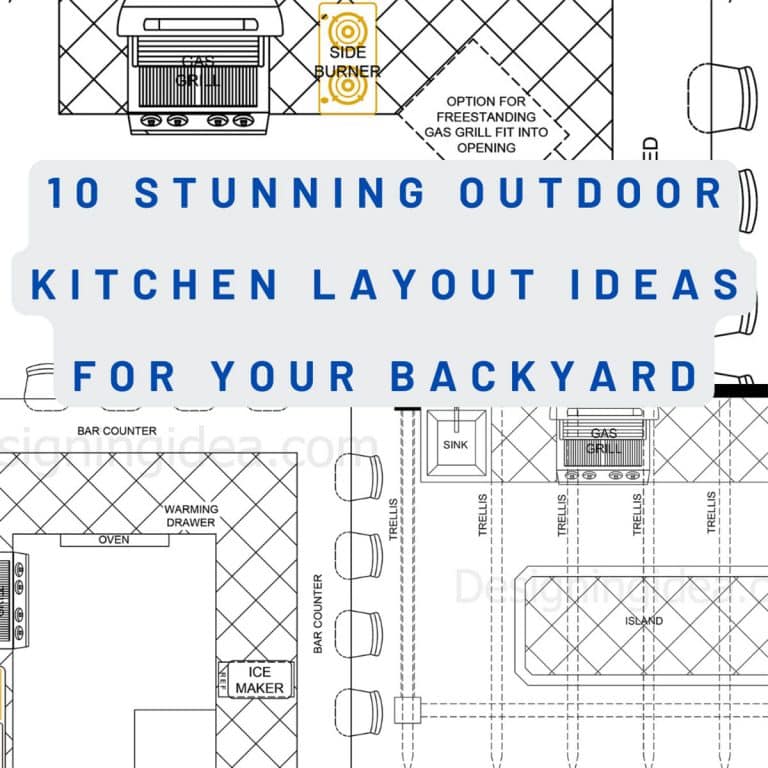
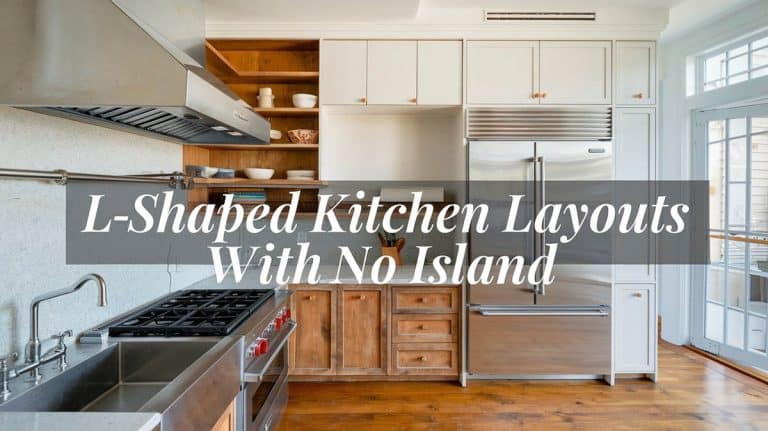
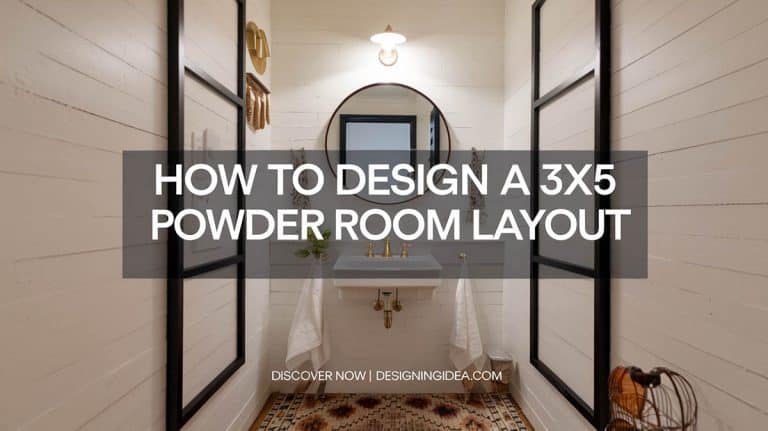
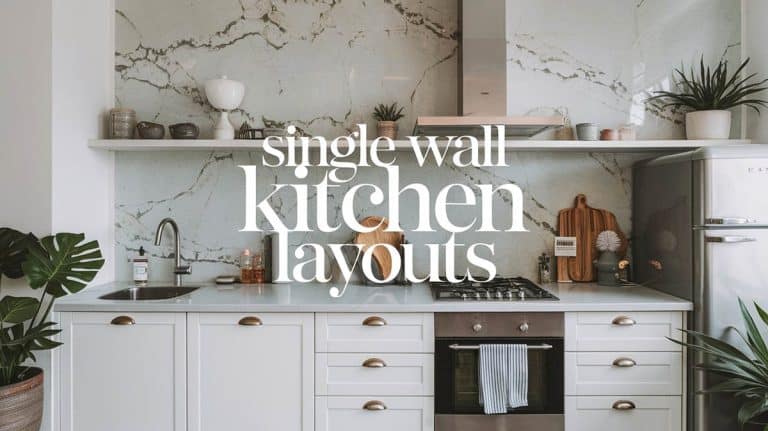
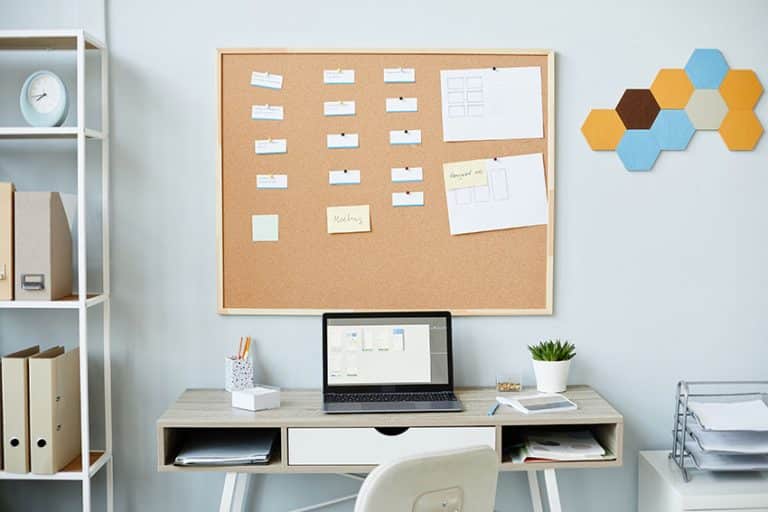

Thank you for sharing your knowledge so generously. The information you provide here is invaluable and something that many experts charge a premium for.